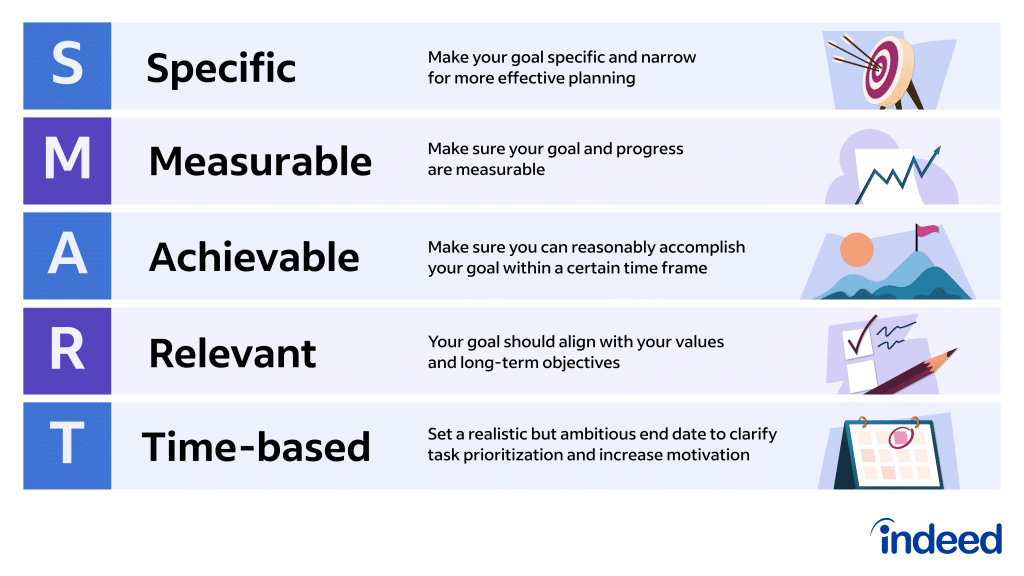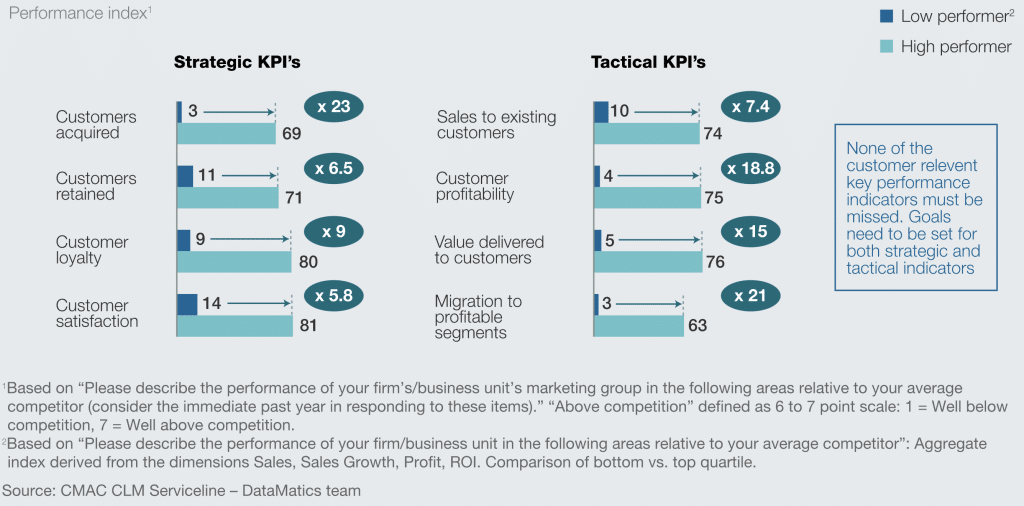
How to Develop a Customer Acquisition Strategy That Works for You
Think your business can thrive on good vibes and wishful thinking alone? Think again! Here at Marketing Insider Group, we know the power of a solid customer acquisition strategy.
But, when it comes to customer acquisition, the first thing you need to understand is this: There’s no one-size-fits-all approach. What works for the flashy startup next door might not be the golden ticket for your established enterprise.
That’s why today, we’re here to help you cut through the noise and develop a customer acquisition strategy that’s as unique as your business. Whether you’re a seasoned pro looking to tweak your approach or a newcomer eager to make your mark, we’ve got the insights you need to attract and retain customers like a magnet.
Quick Takeaways
- Successful customer acquisition starts with a thorough understanding of your target audience, using surveys, analytics, and engagement to uncover their needs and preferences.
- Define precise, measurable goals for your acquisition efforts, using SMART criteria to guide your strategy and measure success effectively.
- Select and test various marketing channels and tactics based on your audience’s preferences and your business goals, ensuring optimal use of your budget and resources.
- Establish trust and maintain open communication with your customers to transform them into loyal advocates, enhancing both acquisition and retention.
Understanding Your Target Audience
Getting to know your target audience is the cornerstone of a successful customer acquisition strategy. You’re the detective uncovering what makes your potential customers tick. What do they need? What keeps them up at night?
A recent survey found that over 70% of companies who exceed their revenue goals have documented personas—that’s a fancy term for detailed profiles of their target customers. This goes to show that knowing your customers inside and out is key to hitting your target.
Here’s how you can not only understand your target audience better, but also position your business to meet their needs more effectively:
- Start with surveys, interviews, and a deep dive into your social media analytics
- Engage with your audience where they live online and offline
- Join forums or social media groups where they hang out
- Monitor their discussions to understand their pain points, preferences, and the language they use
Also, consider keeping an eye on your competitors. What audience are they targeting? How are their customers responding? You can learn a lot from observing their interactions.
Lastly, always keep your personas updated. As your business grows and evolves, so do your customers. Regularly revisiting and refining your customer personas ensures you stay in tune with their current needs and continue to develop strategies that resonate with them.
Setting Clear Goals and Objectives
Setting clear goals and objectives isn’t just a box-ticking exercise; it’s a key element of any triumphant customer acquisition strategy. You’re essentially setting up the targets for your business’s success, pinpointing what you aim to achieve with your efforts.
A recent study shows that organizations with defined goals are 313% more likely to succeed in their marketing endeavors. That’s not just impressive—it underscores the power of having a clear direction.
Here’s a breakdown of how to set SMART goals—specific, measurable, achievable, relevant, and time-bound—that will guide your customer acquisition journey:

Image Source: Indeed
- Be Specific: Vague goals don’t lead to clear results. Instead of saying “get more customers,” specify how many customers you want to acquire within a certain timeframe.
- Make it Measurable: If you can’t measure it, you can’t manage it. Determine the metrics you’ll use to assess your progress, like the number of new sign-ups or the increase in sales revenue.
- Ensure it’s Achievable: Aim high but stay realistic. Goals should stretch your capabilities but remain within reach to keep your team motivated.
- Keep it Relevant: Your goals should align with your broader business objectives and address core aspects of your customer acquisition strategy.
- Set a Time-bound: Deadlines create a sense of urgency and help prioritize tasks. Specify when you expect to achieve your goals, whether it’s within a quarter, a year, or another timeframe.
By defining your goals with precision, you create a roadmap for your customer acquisition strategy, ensuring every team member knows the destination and how to get there. This clarity not only fuels your strategy’s implementation, but also sharpens your focus, allowing you to allocate resources where they’re most effective and pivot when necessary to stay on course.
Choosing the Right Channels and Tactics
Picking the right channels and tactics for your customer acquisition strategy is like choosing the right tool for a job. You wouldn’t use a hammer to screw in a bolt, right? The same goes for selecting where and how you’ll reach your potential customers.
By thoughtfully choosing your channels and tactics, you’re ensuring that your efforts and investments are targeted, efficient, and more likely to result in the customer acquisition success you’re aiming for.
Here’s four simple steps to nailing down the right approach:
1. Assess Your Options
There’s a plethora of channels out there—social media, email, SEO, content marketing, PPC, and more. But not all will be right for your business. The key is to understand where your target audience spends their time and what channels they use to seek information or make purchases.
2. Match Channels with Your Goals
Align each channel with your specific goals. For example, if brand awareness is your aim, social media and content marketing can be your go-to. For direct sales, PPC and email marketing might be more effective.
3. Consider Your Budget
Not all channels are created equal when it comes to cost. Weigh the potential ROI of each channel against your budget to make informed decisions.
4. Test and Iterate
The truth is, what works today might not work tomorrow. Regularly testing different channels and tactics allows you to adapt and refine your strategy based on real data.
Creating Compelling Offers and Content
Now, let’s talk about what you’re actually putting out there in those channels. Creating compelling offers and content is the bread and butter of customer acquisition. It’s what catches the eye, engages the mind, and, ideally, convinces people to take action.
Video Source: GaryVee Video Experience
- Know Your Audience: This can’t be stressed enough. The better you understand your audience, the more tailored and effective your content and offers can be. What problems are they trying to solve? What needs can you meet?
- Craft Irresistible Offers: Whether it’s a discount, a free trial, or exclusive content, your offer should be something your audience finds valuable. It should be clear, concise, and convey the benefit of taking the next step.
- Create Engaging Content: Your content should resonate with your audience, whether it’s blog posts, videos, infographics, or social media updates. It should be relevant, informative, and, whenever possible, entertaining.
- Use a Clear Call-to-Action (CTA): Every piece of content or offer should have a clear CTA. Tell your audience exactly what you want them to do next, making it as simple as possible for them to take that step.
By developing compelling offers and content, you’re not just reaching out to potential customers; you’re starting a conversation, building a relationship, and setting the stage for a successful acquisition.
Leveraging Data and Analytics
In the age of information, data is your best friend, especially when it comes to understanding and refining your customer acquisition strategy. Leveraging data and analytics isn’t just a new marketing trend—it’s a direct path to learning what’s working, what’s not, and how you can improve.
Data-driven companies are a force to reckon with—they’re 23 times more likely to outperform their competitors in customer acquisition, 19 times more likely to maintain profitability, and almost seven times more likely to excel in customer retention.

Image Source: McKinsey & Company
Here’s how you can harness the power of data to steer your customer acquisition strategy in the right direction:
1. Track the Right Metrics
It’s easy to drown in data if you’re not careful. Focus on key performance indicators (KPIs) that align with your goals. Are you looking to increase website traffic, boost conversions, or enhance engagement? Choose metrics that give you insight into these areas.
2. Use Analytics Tools
Tools like Google Analytics, social media analytics, and customer relationship management (CRM) systems can provide a wealth of information. They can tell you who your visitors are, how they found you, and what they’re doing on your site.
3. Make Informed Decisions
Data should inform every decision you make. For instance, if you notice a particular type of content is driving traffic but not conversions, it’s time to tweak your approach.
4. Stay Agile
The digital landscape is always changing, and so are customer behaviors. Regularly reviewing and responding to your analytics will help you stay relevant and effective in your acquisition efforts.
Building Relationships and Trust
Acquiring a new customer is just the beginning. The real success lies in building relationships and trust, turning a one-time buyer into a loyal advocate for your brand.
Video Source: Mark Morin
- Consistent Communication: Keep the lines of communication open. Regular updates, helpful tips, and personalized messages can keep your brand top of mind and show your customers that you value them.
- Deliver on Your Promises: Trust is built on reliability. If you promise excellent customer service, unparalleled quality, or lightning-fast shipping, make sure you deliver.
- Seek Feedback: Show your customers that their opinions matter. Surveys, feedback forms, and direct communication can provide invaluable insights and demonstrate that you’re committed to meeting their needs.
- Foster Community: Creating a sense of community can deepen your relationship with customers. Whether it’s through social media groups, forums, or events, giving your customers a space to connect with each other and your brand can foster loyalty.
Building strong relationships and trust not only enhances customer retention but also turns your customers into brand ambassadors. After all, word of mouth from a trusted source is incredibly powerful. A recent report highlighted that 92% of consumers trust recommendations from friends and family over any other type of advertising.
Create A Winning Customer Acquisition Strategy Today
To nail your customer acquisition strategy, focus on the essentials: know your audience inside out, set precise goals, pick the right channels, craft compelling content, lean on data for decisions, and build genuine relationships. Stick to this approach, and you’ll not only meet your targets but also create a brand that customers trust and advocate for.
Want to create a winning customer acquisition strategy? One of the most important steps is to create high quality content that engages your audience. Get started today by checking out our weekly blog content service, or schedule a free consultation now to learn more!






